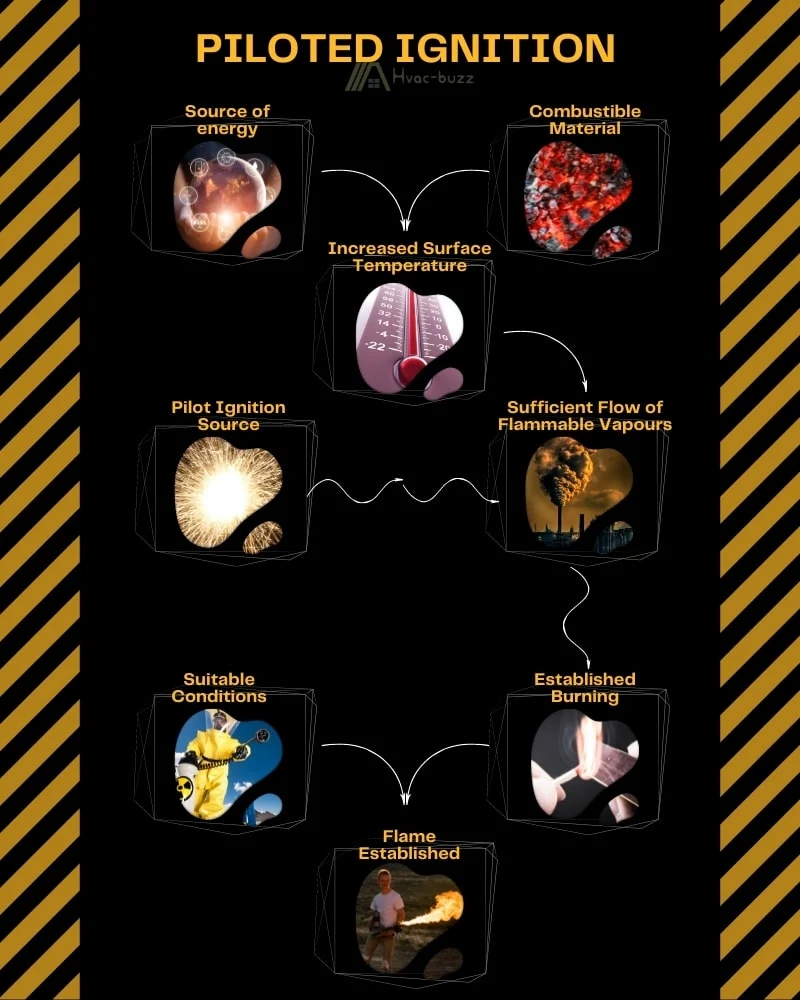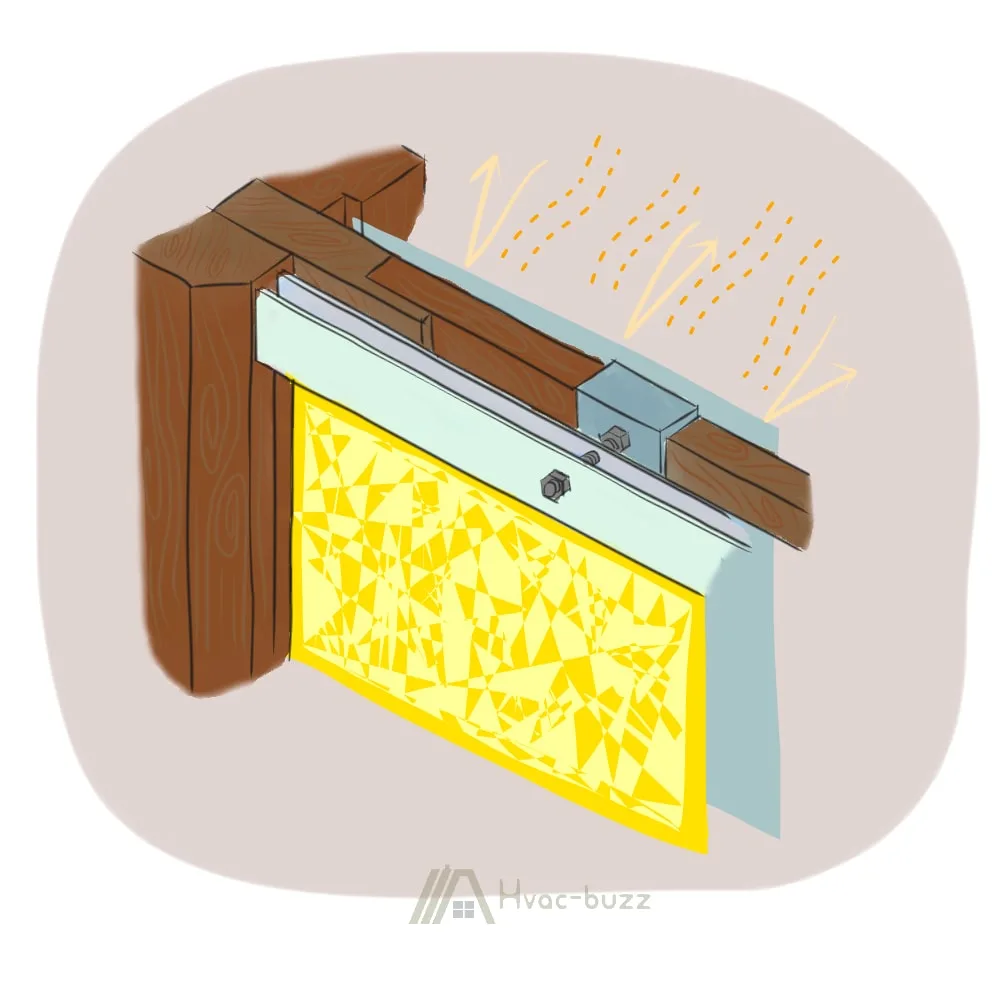A house fire is a devastating tragedy to live through; thus, safety trumps aesthetics when designing and building a home. Stained glass windows provide a whimsical touch to any home, but which column do they fall into: fire hazard or safety-conscious artistry?
Having experienced a neighborhood fire, I’ve been walking through our property, revaluating every fitting and structure for fire safety. This article provides a definitive answer on the incendiary nature of stained glass: when and where it can be safely installed and what factors to consider to prevent your house from going up like a bonfire.

While theoretically possible, glass-ignited house fires remain extremely rare. Stained glass items have the same fire risk as clear glass. Curved glass items are more likely to start fires than flat glass windowpanes. Lead in stained glass windows can release toxic fumes when heated.
Possible, yet Unlikely
Numerous fire experts, including firefighters and physicists, have said that, while it is theoretically possible for glass objects to cause fires, it is rare for this to occur organically.
The conditions required to start a fire are highly specific and usually require the interference of humans to orchestrate events. Not only would the glass need to be the correct thickness and shape, but the sun would also need to be at the correct angle to direct light onto a highly flammable object with a low flame point located conveniently close to the glass.
Many firefighters regard glass-ignited house fires as a rare occurrence but still advise caution to be exercised when designing your house as “rare” does not equate to “never.”
How Would It Happen?
Three criteria must be met for combustion to occur:
- A fuel source must be available.
- An atmospheric oxidizing agent (usually oxygen) must be present.
- A sufficient amount of heat energy must be directed onto the object’s surface to reach the flashpoint (liquids and gases) or the flame point (combustible solids) threshold.
The Role of Glass in Fire Ignition
Glass is not flammable and thus cannot act as a fuel source, nor can it be the oxidizing agent necessary for a fire to burn. However, glass can facilitate the heating up of an object and force piloted ignition.
Auto-ignition occurs when the activities within the flammable object result in sufficient heat release to facilitate spontaneous combustion. Unlike auto-ignition, piloted ignition occurs when an external heat source (e.g., sunlight refracted through glass) ignites the oxygen-fuel mixture.
A curved glass surface bends light rays, focusing them on a specific point. As the thermal radiation from the light source (sunlight) is directed onto the object’s surface, the surface of the object will heat, and chemical decomposition will occur.
Ignition occurs when the chemical decomposition results in a sufficient flow of flammable vapors to be oxidized and ignited.
Once ignition has occurred, the chain of self-sustaining physical and chemical reactions will be set into motion. At this point, the fire would have started and will continue to burn until an external force disrupts the chain reaction.

Has It Happened Before?
Despite scouring the internet, I could not find any reports of house fires occurring as a result of light refracted through a stained glass window or even a clear glass window.
However, there are numerous reports of glass-ignited fires occurring due to light refraction from paperweights, snow globes, mirrors, suncatchers, and other glass items.
You can read about these incidents here:
The Cheshire Fire Department advises that homeowners be vigilant in removing all glass items away from direct sunlight. It is wise to close the window curtains when not using the room; this prevents the light rays from hitting any glass objects, which could potentially cause a fire.
Is Stained Glass More of a Risk Than Unstained?
Stained glass windows pose no greater ignition risk than clear glass items. However, in the event of a fire, stained glass windows may prove more dangerous than clear glass, regardless of the type of ignition source.
Toxic Fumes
The lead used to solder stained glass panes is typically safe to use in the house. However, when exposed to an open flame, as with a housefire, the solder will begin to melt. As the solder melts, toxic lead fumes and dustwill be released into the atmosphere.
Breakage
Rapid thermal expansion and contraction can cause the glass to crack and shatter. Tempered glass is designed to withstand the thermal shock associated with the rapid heating or cooling of glass.
Unfortunately, stained glass cannot be tempered and is highly vulnerable to thermal stress cracks.
People may be injured during a house fire if the stained glass window shatters or even explodes, flinging shards of glass throughout the adjacent areas.
Would Double Glazing Make a Difference?

The risk of stained glass windows playing a role in fire ignition is minimal, and thus, the addition of double glazing to stained glass does not significantly change the fire risk.
Despite this, it is still advisable to double-glazed stained glass windows if you live in an area with frequent wildfires. The outer glass pane in double glazing absorbs most of the thermal energy, thus preventing thermal stress cracks in the stained glass.
Tempered glass is designed to withstand thermal shock and will prevent stained glass windows from shattering in the event of a mid-to-high temperature fire. Even annealed glass can provide some heat protection to stained glass windows in low-temperature fires.
Sources
http://www.bushfireeducation.vic.edu.au/verve/_resources/Bushfire_Myths__misconceptions.pdf
https://firefighterinsider.com/glass-flammable/
http://www.ilocis.org/documents/chpt41e.htm
http://www.environment.gov.au/protection/chemicals-management/lead/lead-in-stained-glass
https://www.housebeautiful.com/lifestyle/a37234700/leaded-glass/
http://www.glensideglass.com/ggc_lr_glass_types.html
https://ucanr.edu/sites/fire/Prepare/Building/Windows/
https://www.academia.edu/8370280/Thermal_Breakage_of_Double-Pane_Glazing_By_Fire
https://www.doubleglazedwindows.net.au/Double-Glazed-Windows-and-Doors-Bushfire-Resistance.html
